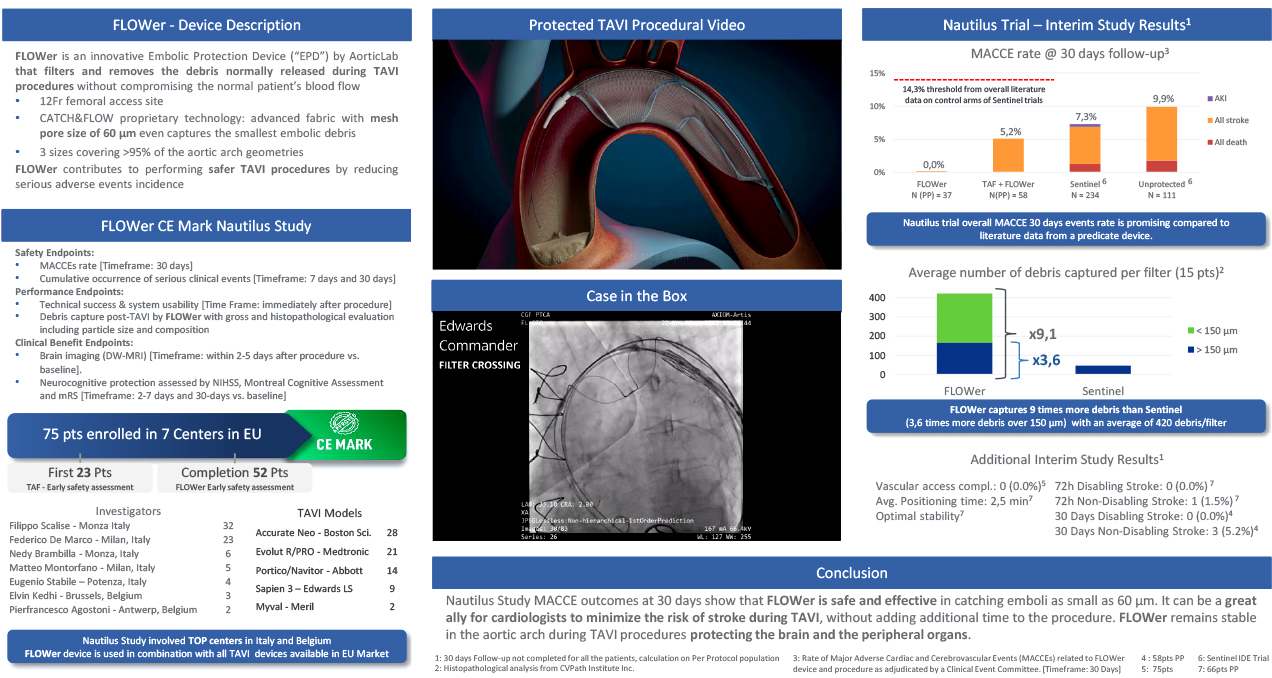Degenerative aortic stenosis (AS) is the most common heart valve disease in developed countries. The prevalence of AS increases with age and varies from 0.2% at ages 50 to 59 years to 1.3% at 60 to 69 years, 3.9% at 70 to 79 years, and 9.8% at 80 to 89 years [1]. Aortic stenosis is commonly treated with transcatheter aortic valve implantation, (TAVI). But the high cost, some comorbidities, especially in very old age, make the technique impracticable. To overcome these limitations, a Transcatheter Debridement Device (TDD) has been proposed to reduce and remove calcium deposits from the aortic leaflets to restore the valve functionality, for those patients who are not eligible for a TAVI implant or with an initial stenosis in which a valve replacement procedure could be delayed. The TDD technology is based on the use of ultrasound impulsive waves, able to fragment calcium deposits. This technique, called “ultrasonic histotripsy”, is implemented through piezoelectric transducers, powered by impulsive waves at two different frequencies. The combination of the two fields allows, in particular, the strengthening of the cavitation
forces, a mechanism responsible for the breaking and reduction of calcium deposits. The use of piezoelectric transducers to create low energy waves can be very effective without damaging vital tissues. Through femoral access, the TDD reaches the aortic valve region and there, it is positioned to perform the decalcification treatment.
Similar to lithotripsy, ultrasounds, properly modulated in intensity, frequency, and waveform, can be used to produce fractures and structural changes in calcified deposits. The TDD can also provide an artificial valve function during the debridement treatment of the native valve leaflets, kept open during operation. Numerous tests made on explanted calcific leaflets, have demonstrated the efficacy of the device. Tomographic scans showed the fragmentation and reduction of the deposited calcium, while histological analyses confirmed the integrity and structural coherence of the aortic valve tissue, after the treatment with TDD. Our data suggest that the use of TDD may restore the valve leaflets function, possibly improving the flow with mitigation of ventricular overload and transvalvular pressure gradient. This device could be initially used in non-operable patients and then adopted in a wider proportion of patients with aortic valve stenosis to delay the valve replacement intervention or to prepare the TAVI implantation site.
